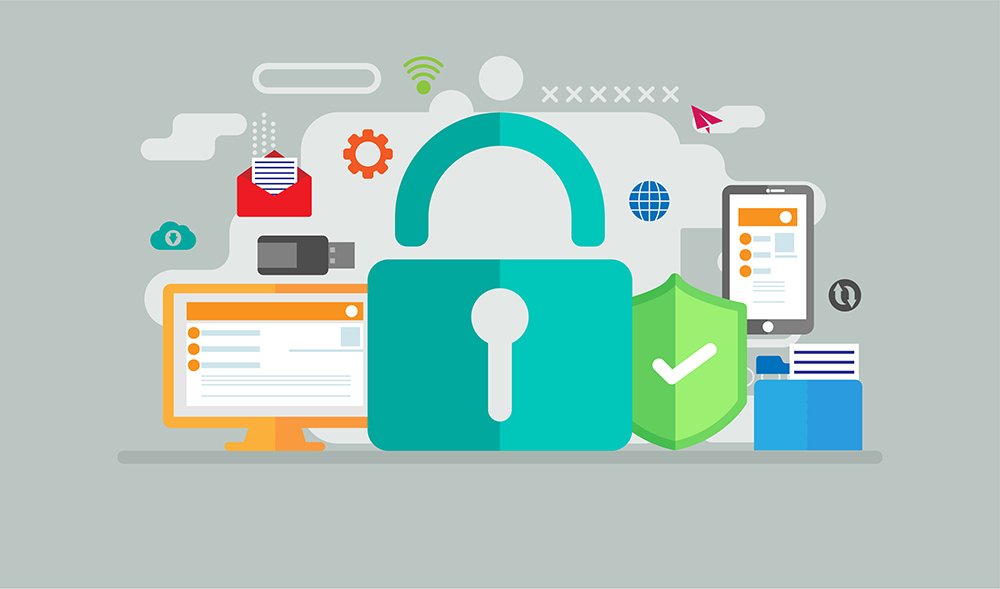Today is Data Privacy Day and it is more than an annual reminder to change your passwords. If somebody told you that you have malware on your computer, would you know what that means? By definition, ‘malware [mal-wair]: software intended to damage a computer, mobile device, computer system, or computer network, or to take partial control over its operation’.
Though spyware (form of malware) can be applied in several technologies, there are two things staysafeonline.org notes to be aware of:
- They (spyware) can download themselves onto your computer without your permission. This can happen when you visit an unsecure website or through an attachment in an unprotected email.
- Spyware can make your computer do things you don’t want it to do. That might be as simple as opening an advertisement you didn’t want to see. In the worst case, spyware can track your online movements, steal your passwords and compromise your accounts.
Below are some steps to ensure you are staying protected, provided by staysafeonline.org:
Keep a Clean Machine: Make sure to have the latest security software, web browser and operating system to have the best defenses against viruses, malware and any other online threats.
When in doubt, throw it out: Cybercriminals often use links in emails, tweets, posts and online advertising as their main source in attempting to compromise your computer. Don’t hesitate to delete something if it looks suspicious, even if you recognize the source.
Be cautious of the unreal deal: a common way to trick you into clicking a malicious link is to offer free products, or unsolicited “help” in order to entice you. Ray-Bans won’t ever be 90% off, no matter who might share an ad for them on Facebook.
Protect all devices that connect to the Internet: Computers are no longer the only way we connect to the Internet, make sure smart phones, gaming systems and other web-enabled devices also have protection from viruses and malware. A proper network firewall will help prevent devices from being accessed over the network without consent.
Plug & scan: Don’t forget to scan “USB” drives with your security software to be sure they have not been infected by viruses and malware.
Implement two factor authentication: Many services such as Google and Microsoft provide a free service to protect your accounts from unauthorized access. Two factor authentication enables you to install a simple app (for example: Google Authenticator) on your phone and set up a second step to proving that it is really you logging into an online account. If you would like to update your privacy settings but aren’t sure how to start or where to go, click here for a directory of links to popular devices and online services you might be looking for, provided by staysafeonline.org.
Great Plains Communications wants to make sure your computer and information are safe. Keep all these tips in mind as you celebrate Data Privacy Day today and for more information go to staysafeonline.org.
